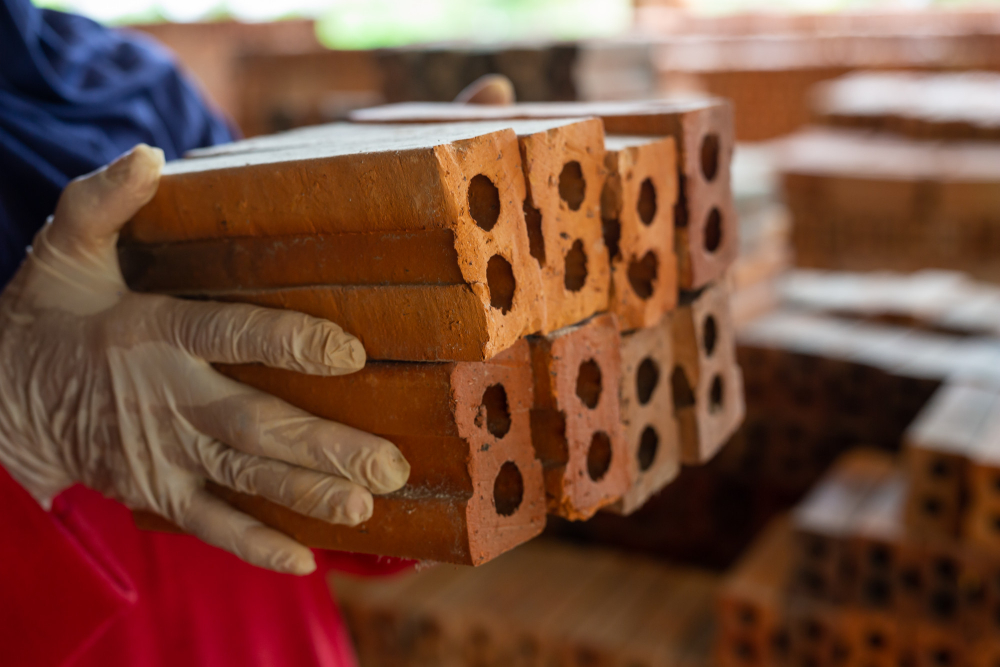
In the realm of construction materials, the debate between modern innovations and traditional stalwarts is ongoing. One such comparison gaining traction is AAC (Autoclaved Aerated Concrete) blocks versus traditional building materials. This comparative analysis delves into the key differences, advantages, and disadvantages of each, aiding in informed decision-making for construction projects.
Introduction to AAC Blocks and Traditional Building Materials
AAC blocks represent a modern approach to construction, featuring a lightweight yet sturdy composition comprising cement, lime, sand, water, and aluminum powder. Traditional building materials, on the other hand, encompass a range of options such as clay bricks, concrete blocks, wood, steel, and more, each with its own set of characteristics and applications.
Cost Comparison
When it comes to cost, AAC blocks may initially seem more expensive than traditional materials. However, factors such as reduced labor costs, faster construction times, and lower maintenance expenses often offset the initial investment. Traditional materials may offer lower upfront costs but could incur higher long-term expenses due to maintenance, repairs, and energy inefficiencies.
Durability Comparison
AAC blocks boast impressive durability, thanks to their cellular structure and resistance to moisture, pests, and mold. Traditional materials like clay bricks and concrete blocks also offer durability but may be prone to cracking, weathering, and structural issues over time. The choice between AAC blocks and traditional materials depends on the specific requirements and longevity expectations of the project.
Thermal Insulation Comparison
AAC blocks excel in thermal insulation, providing superior energy efficiency and comfort within buildings. Their low thermal conductivity reduces heat transfer, resulting in reduced heating and cooling costs. Traditional materials may offer varying levels of insulation, with some like wood providing natural thermal benefits, while others like concrete requiring additional insulation layers.
Environmental Impact
In terms of environmental impact, AAC blocks often outperform traditional materials due to their reduced carbon footprint and energy-efficient manufacturing process. Traditional materials like clay bricks and concrete blocks may have higher environmental costs associated with extraction, production, and transportation. Considerations for sustainability and green building practices play a crucial role in material selection.
Conclusion
In the AAC blocks vs. traditional building materials debate, there is no one-size-fits-all answer. Each option presents its own set of advantages and considerations, depending on the specific requirements, budget constraints, and sustainability goals of the project. By conducting a thorough comparative analysis and weighing factors such as cost, durability, thermal insulation, and environmental impact, builders and developers can make informed decisions that align with their project objectives and values.